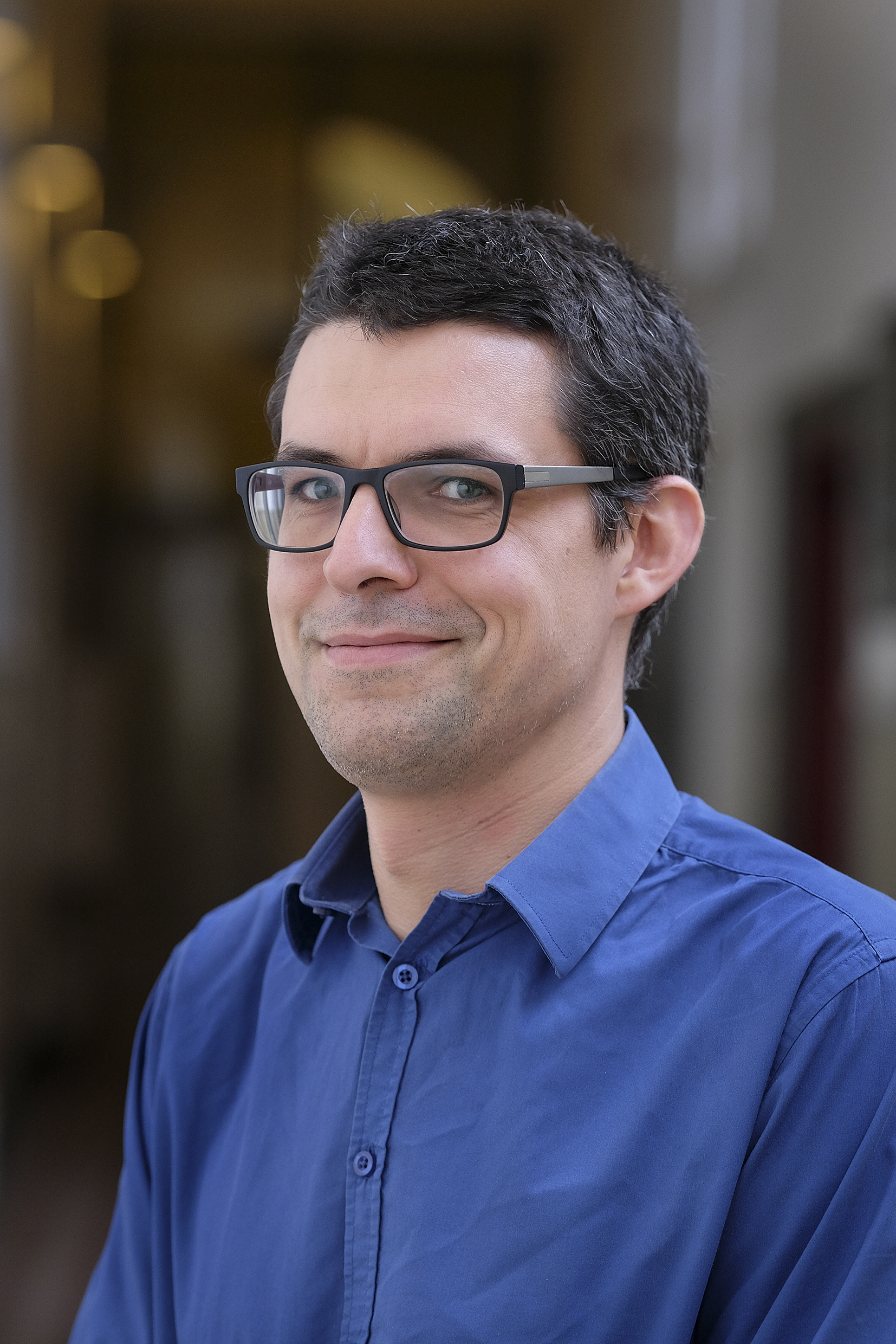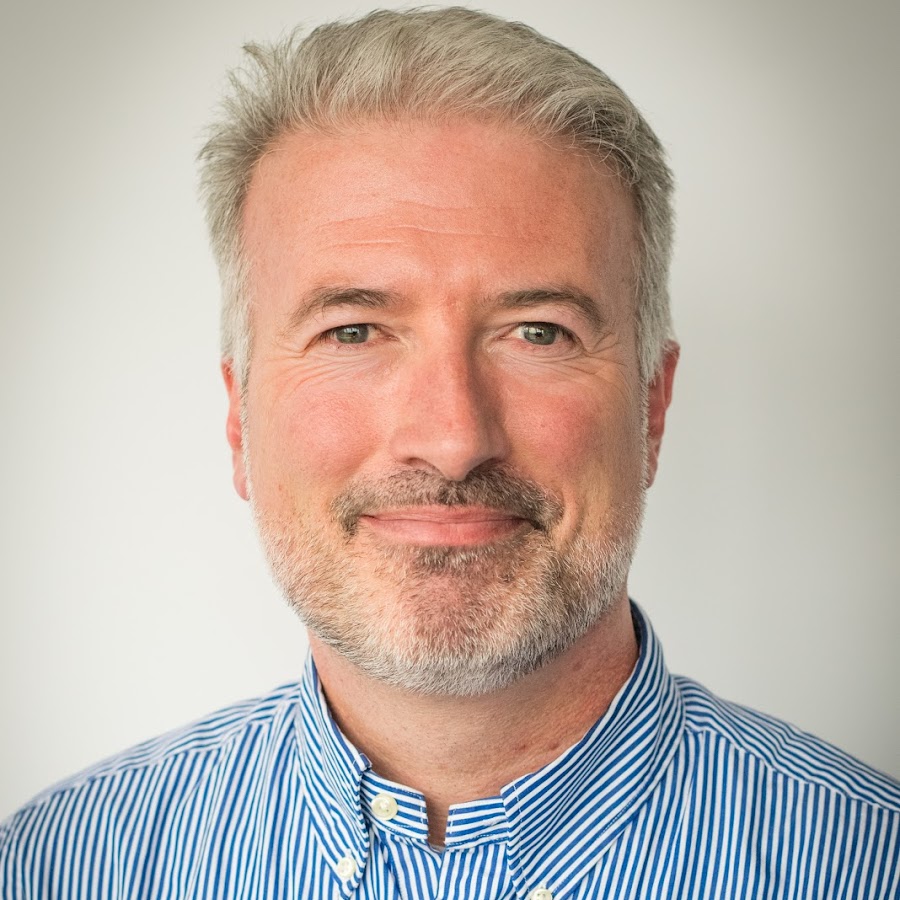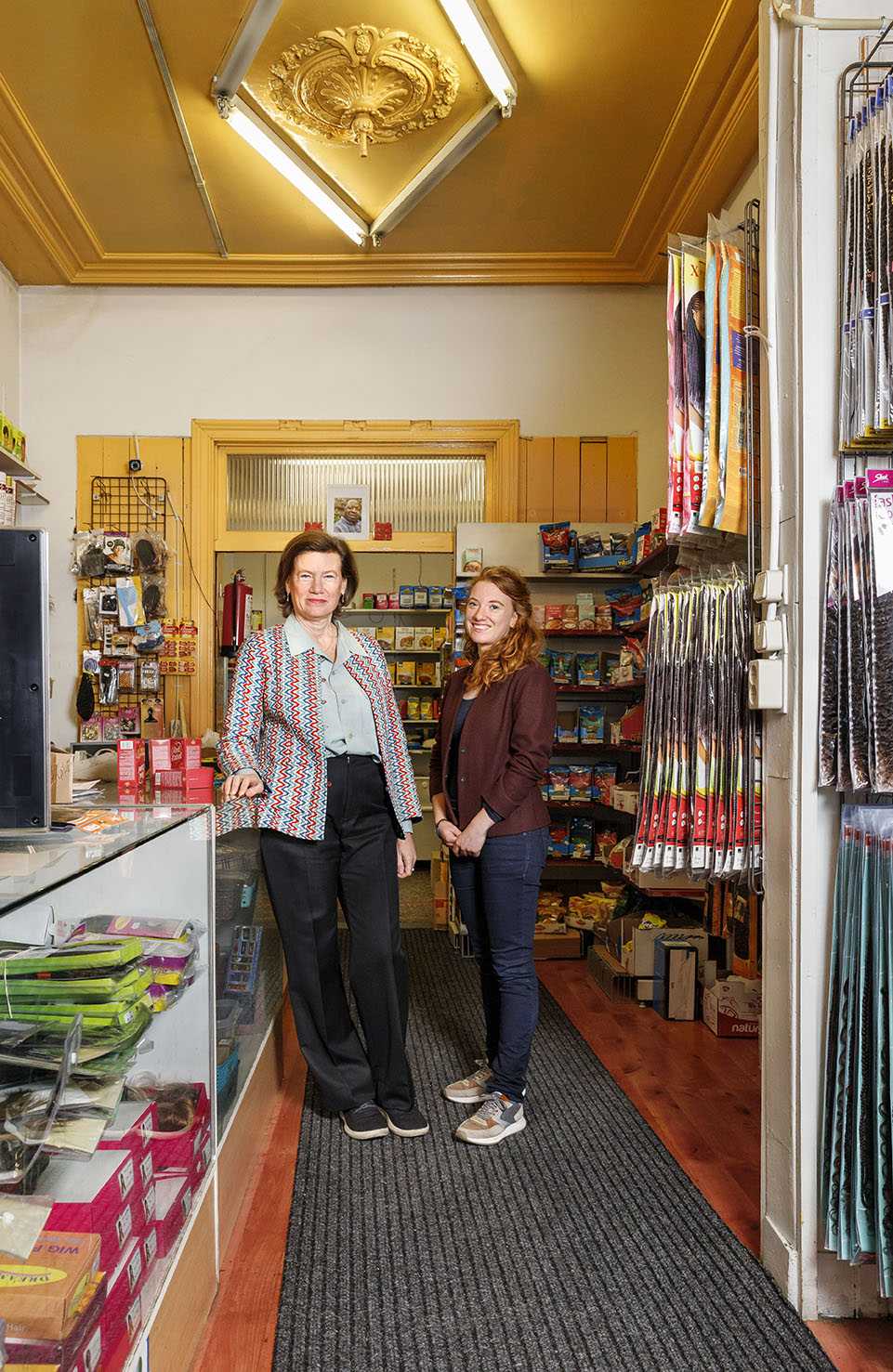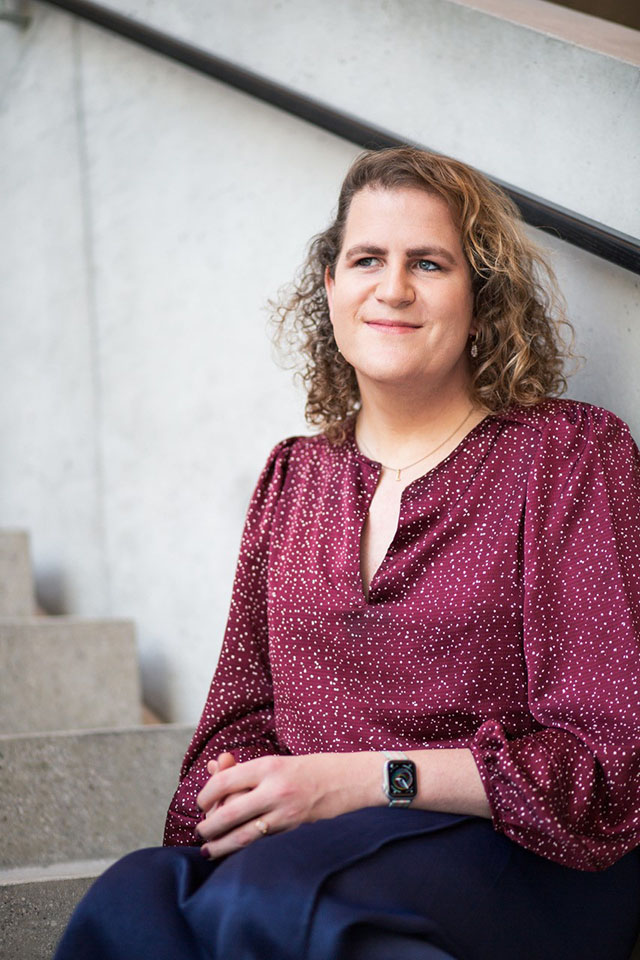Moving Animals: animals are also globalising.
Globalisation is undeniable. People, goods and information are moving around the world at an increasing pace. But what about animals? Do they also cross national and continental borders and how does that work? And how have people historically been involved in these movements? How have they tried to understand and manage animal movements? These are urgent questions for historian and researcher Dr Raf de Bont of the Faculty of Arts and Social Sciences. With the Vici grant of 1.5 million euros that was awarded for the Moving Animals project, he can search for the answers with a team of three people over the next five years.
Of course, Raf de Bont jumped for joy when the NWO decision came down at the end of February. “A Vici is rare”, he says in his cramped, packed office under the rafters of the FASoS building in the heart of Maastricht. “Approximately one in ten applications are approved. It’s great for UM, especially for this fairly young faculty. We’re all happy about it.”
Researching
This is also especially great for Raf de Bont himself. “Now I spend a great deal of my time teaching”, says the Turnhout-born historian who studied history in Leuven, ultimately getting a PhD. “I enjoy doing it, but researching is second nature to me. I’m now going to have a lot of room for that. Historical research, of course, means frequent browsing through archives, reading and interviewing, also at locations abroad. I’m really looking forward to the coming years.”
This is not the first time that Raf de Bont has been awarded a grant. In 2012, one year after getting a job at UM, he was awarded a Vidi for a historical study into the role of science in international nature conservation during the 20th century. “I studied how the protection of nature reserves and especially the fauna has taken shape over the last century. How have reserves been designated? Why have certain animal species been protected and others not? What was the role of scientists in this? How has this been influenced by politics, by colonialism, by international organisations? There have been intense discussions over the past century about which elements of nature should be protected and how it should best happen. I’ve reviewed those debates. In short, we’ve outlined the history of global nature conservation since its inception around 1920. That history is important because it lives on in the way we interact with nature today.”
Science
The new Vici project actually stems from the first study. “In fact, yes. Among other things, I became intrigued by the question of how animals have become involved in the globalisation process. How does globalisation take shape in the operation of zoos and reserves? Or in programmes to reintroduce species that are extinct in the wild? How are animals traded and moved? What role has science played in this? How are the processes managed? Because it is not that simple to manage animal movements in a world with borders, political divides, and other practical obstacles.”
Comprehensive
A comprehensive field of research opened up, which is why Raf de Bont submitted an extensive Vici application to NWO under the Moving Animals project title. The application was fully detailed, including specific research areas, numerous examples and an explanation of its social relevance. In short, Moving Animals focuses on four main items. “The overarching theme is the movements of animals. In this context, we’ll look at so-called invasive species—animals that end up somewhere from another country or continent, with or without human assistance. There are plenty of examples of this. For instance, the Nile perch was introduced into Lake Victoria in Africa—with far-reaching consequences. The perch ate its way through all of the other fishes. Ecologists see that as a major problem. But to this day, the Lake Victoria perch is also an important export product that has a big economic impact. Another example is the introduction of the mongoose in the Caribbean. It was intended as a natural enemy of harmful rats. It didn’t work. The rats turned out to have excellent defences and now there are two dominant species there—the rat and the mongoose. Another one? The Canadian goose. It was unknown in the Netherlands until the 17th century but is now present in large numbers. Perhaps too large, but that’s not what we are addressing in this project. We’re placing the facts in a historical context.”
Endangered or extinct
The second focus area is the reintroduction of species that are endangered or extinct in the wild. Raf de Bont names the European bison. It was almost extinct after the First World War, but has now definitely made a comeback in Eastern Europe. It is the same with the Przewalski horse that was extinct in the wild in Mongolia, but has since been reintroduced. These are success stories, but that certainly does not apply to all programmes. “It’s just not possible to breed Sumatran rhinos in captivity and then release them. We’re studying the role of scientists, policy makers and conservationists in these types of projects.”
Moving Animals is doing the same in the third research area: migration. “The world is changing and that has an impact on migratory birds, for example. Storks used to go to Africa during the wintertime. Now they’re landing in Spain and Portugal more and more often because food is readily available at the landfills. However, open landfills have recently been banned by EU legislation. There’s now a discussion between ornithologists and policy makers about whether we should help storks by keeping landfills open. Or is that just unnatural? The discussion about how to deal with animal migration also plays a role in other issues. For instance, are the ecoducts that were built so that animals can safely go from point A to point B really useful? The wolf would also be a nice example in this regard, but that issue doesn’t go back far enough for us historically.”
Zoos
The fourth line of research is zoo trade. “What role have zoos played in the movement of animals? What is their function now? And what impact does a changing science have on this? In any case, there is increasing legislation on how a zoo has to be run. And a new branch of science has emerged—zoo biology. What is the best way to maintain and breed animals in captivity?”
Discussions
Moving Animals is ultimately about the changing relationship of humans with nature. “You see the changes in culture and thinking over the centuries in the way we treat animals. A century ago, Dutch conservationists had little interest in the wilderness and in the wild animals that are a symbol for that. Heathlands with sheep or a marsh area, for example, was considered ideal. In the Oostvaardersplassen nature reserve, you see a completely different ideal image of ‘new wilderness’. Large grazers are then released there, but immediately discussions arise as to whether they should be given supplemental feed or be shot. Ecologists and animal rights activists disagree about this.”
The Moving Animals research project starts after the summer break and will take five years. Two PhD candidates and a postdoc covering the four research areas are currently being recruited. At the end of this road, two doctoral degrees will be awarded and the findings will be recorded in a publication.
Social
Raf de Bont serves as the project leader and wants to finish off with a book. “Social relevance is one of the NWO’s requirements”, he says. “And during the project, we certainly want to engage in dialogue with policy makers, nature organisations and scientists who are currently involved in animal movements. The historical context is a factor that is often forgotten. However, it can be very useful if you know why decisions were once made and what the historical roots of the current ideas are. In addition to publications and training PhD candidates, we will organise seminars and lectures and we will work together with Naturalis in Leiden. We will regularly share our findings with the public.”

Also read
-

Frederik Claasen, the head of policy at our partner organisation Solidaridad Network on the opportunities and obstacles facing smallholder farmers in their data ecosystems.
-
The PhD research of Karlien Strijbosch focuses on Senegalese migrants who were forced to return home after a stay in Europe. Doing justice to such stories is no easy feat, especially when you come up against walls of silence, distrust and shame. Strijbosch and her supervisor Valentina Mazzucato...
-
After several rocky years, Maastricht University alum Lea Vink has found her feet in Vienna. Professionally, she is taking new steps at the crossroads of aviation and organisational psychology. And on a personal level, luck has smiled on her since her transition from man to woman.

